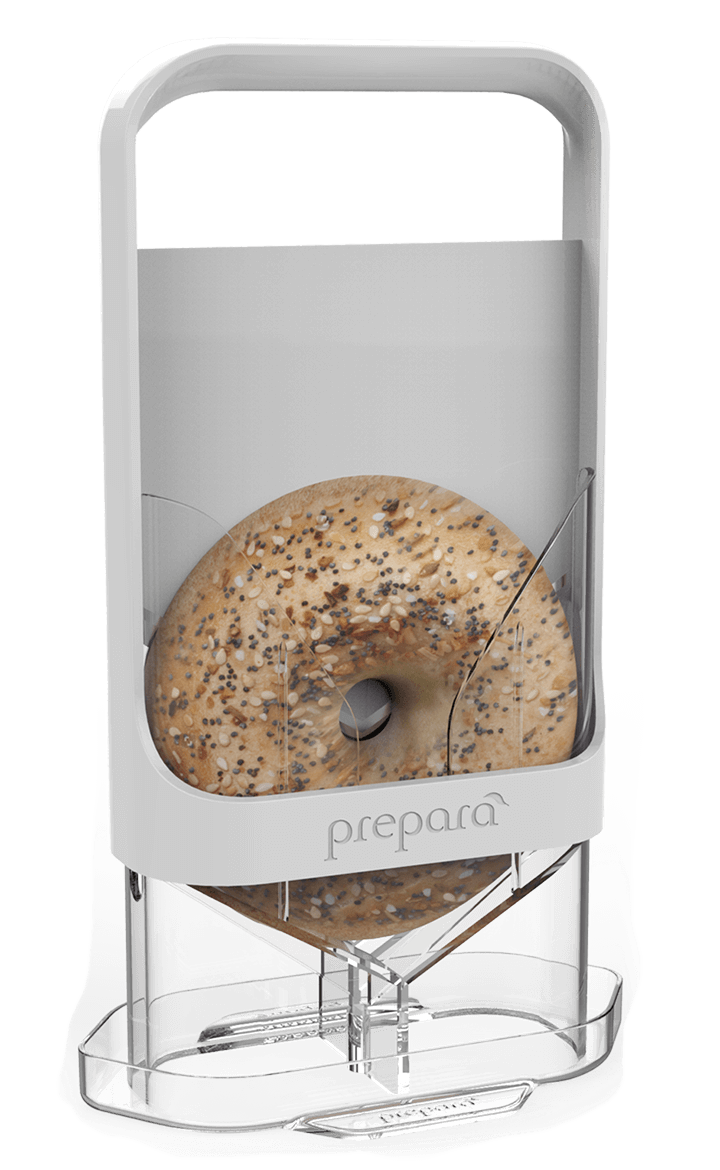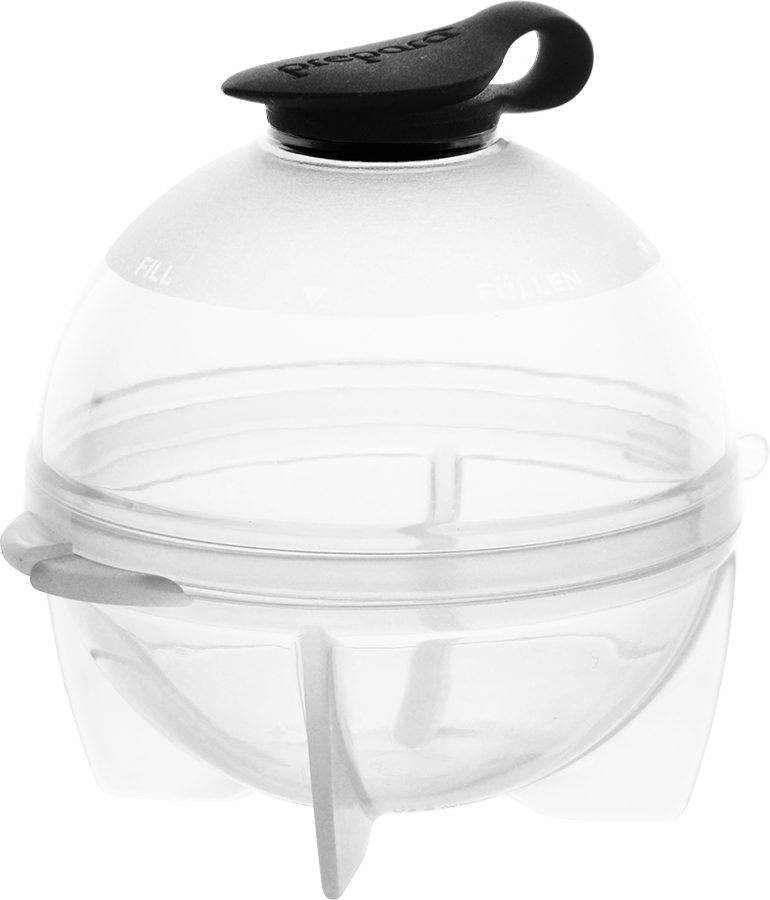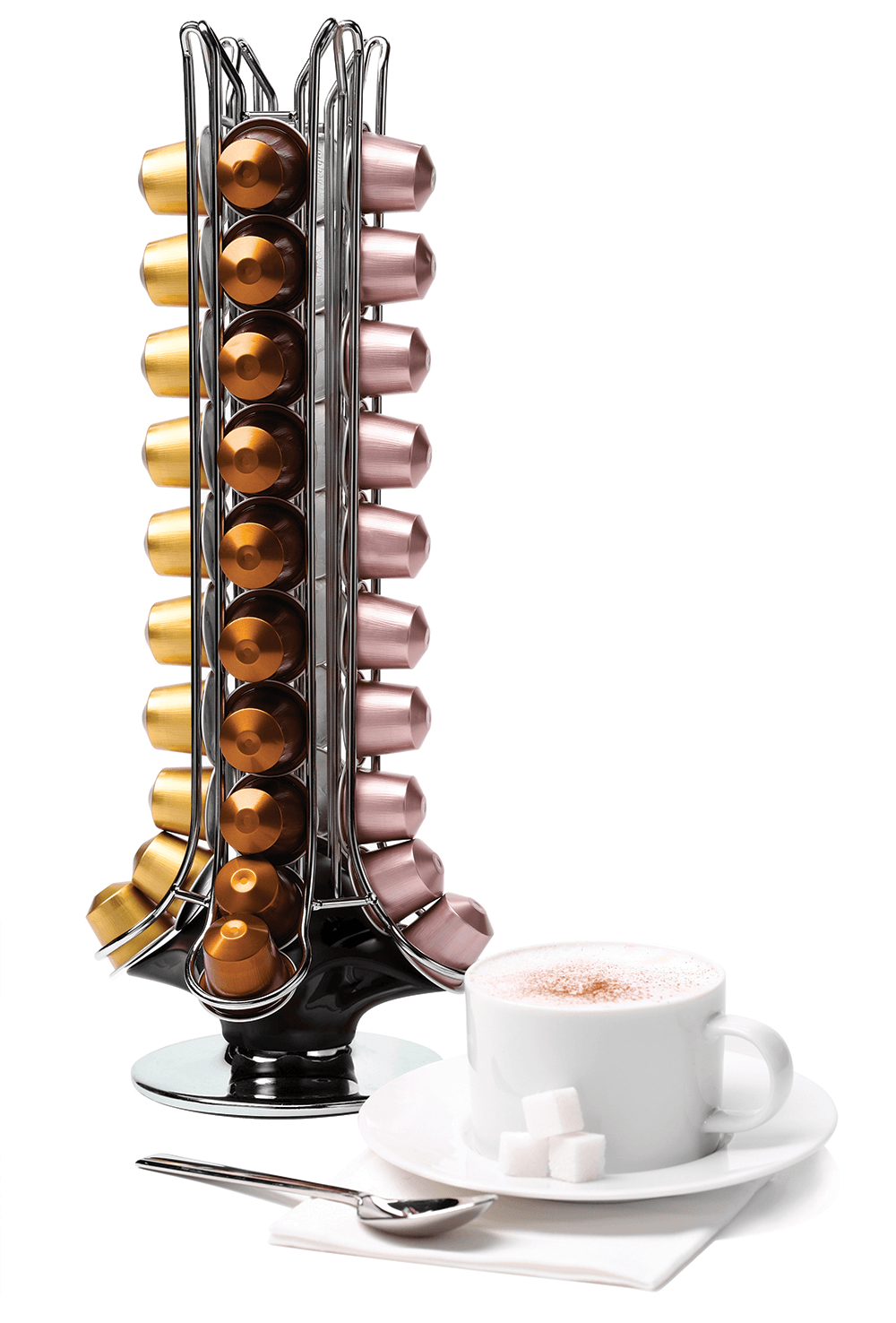We are spending more time at home, cooking more and making larger purchases of food at the grocery store or by takeout and delivery. With this in mind, it’s important to maintain food safety and extend the life of our food. Proper food storage saves us trips to the market and money. Prepara Evaks are a great kitchen storage solution to help you keep and preserve your food. The Prepara Evak system is not only airtight, the valve and gasket assembly actually removes any air to create a vacuum seal to keep your food as fresh as possible. This airless storage preserves food longer than airtight storage which traps air with the food.
Click here to learn more about the Prepara Evak system.
4 FOOD STORAGE TIPS
There are many food storage mistakes that can increase food waste and food safety risks. Here are 4 helpful tips to reduce leaks, cross-contamination, freezer burn, accelerated spoilage, and more.
- Handle food safely. The time and temperature danger zone is four hours between 40 degrees and 140 degrees Fahrenheit. This means that stored perishable food should not remain out above 40 degrees for longer than four hours, and cooked food should reach an internal temperature of at least 140 degrees. Cook food should be cooled to 70 degrees within 2 hours and cooled to 38 degrees (refrigeration temperature) within 6 hours. To properly thaw freezer food, it can be transferred to the refrigerator or put under running water that is below 70 degrees.
- Arrange food properly. Prepared foods, such as deli salads, pre-sliced ready-to-eat items, and cakes, should be stored at the top of the refrigerator, followed from top to bottom by raw produce, raw seafood, raw red meat, raw ground meat, and then raw poultry. Separating foods in this manner reduces the risk of raw meat leaking onto and contaminating other food products.
- Use food before it spoils. Food that is beyond its expiration date may suffer from quality issues, such as staleness or color change, as well as food safety issues. Processed food should be consumed within seven days after it has been opened. Food can be stored indefinitely in the freezer, although issues like freezer burn may affect the quality if food storage containers fail to keep moisture out.
- Clean food storage areas. Although refrigerators, freezers, and pantries are considered non-food contact surfaces, they should still be cleaned regularly. Daily light cleaning and a weekly deep clean is recommended for refrigerators, while frozen and dry storage can get by with monthly cleaning. Temperature control of the food has to be maintained during cleaning, so refrigerated food should be moved to another cold storage area during cleaning.


























